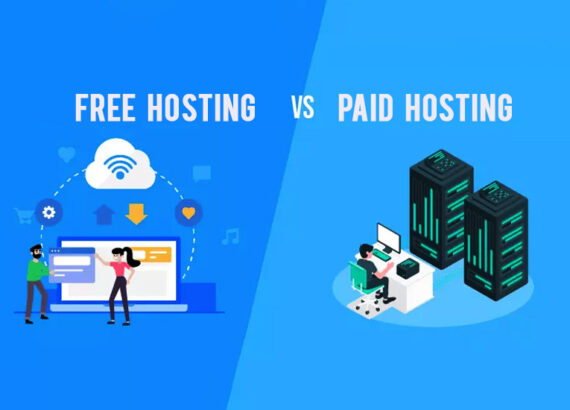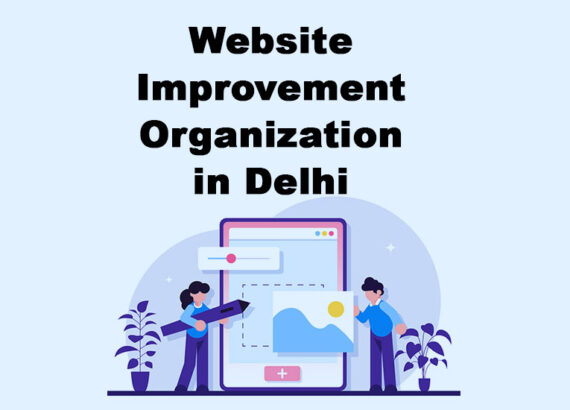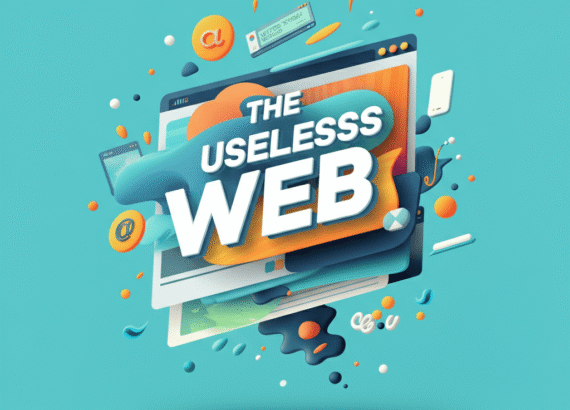What is a Single Page Application (SPA)?
In today’s digitally fast-paced environment, user experience can determine the success or failure of a website. Companies today demand more speed, smoother, and app-like user experiences. Here is the place where Single Page Applications (SPAs) excel.
A Single Page App (SPA) is a web application or a web page that loads one HTML page and continuously updates content by using JavaScript. Contrary to conventional multi-page apps (MPAs) that reload the entire page with every interaction, SPAs only update the components that are required.
They are faster and more responsive. In addition, they are like applications for mobile devices regarding interaction with users.
In simple terms, A SPA avoids the need for reloading full pages and provides seamless browsing.
How Does a Single-Page Application Work?
To better understand SPAs, we’ll look at the following steps:
- Initially, the browser loads one HTML file, along with CSS as well as JavaScript frameworks.
- Client-Side Rendering (CSR): The JavaScript can take over and automatically change the content of the page.
- AJAX Fetch API request. Data is received from the server in the background, without refreshing the page.
- API Driven Updates: SPAs usually use APIs (REST or GraphQL) to transmit or receive information.
- Dynamic Navigation: Rather than loading a new page, the SPA alters the view instantly.
As an example, when you check your Gmail inbox, emails show up immediately, without having to refresh the page. This is the magic of SPA in action.

Single Page Application vs Multi-Page Application
| Feature | Single Page Application (SPA) | Special optimisation is required. |
| Navigation | No full-page reload | Reloads each time |
| Performance | Faster after first load | Slower, many requests |
| User Experience | Smooth, app-like | Traditional browsing |
| SEO | Special optoptimization required. | SEO-friendly by default |
| Best For | Dynamic apps, dashboards, PWAs | Blogs, news, e-commerce |
| Examples | Gmail, Netflix, Trello, Google Maps | Amazon, Wikipedia, NYTimes |
For a better understanding of the difference, here’s a side-by-side comparison:
Benefits of Single Page Applications
Spas are growing in popularity because they provide:
1. Speed & Performance
- After the initial loading, SPAs only update content instead of loading everything.
- The data is loaded asynchronously, which reduces the load on servers.
2. Seamless User Experience
- The smooth navigation is uninterrupted.
- It’s as if you’re using a mobile or desktop application.
3. Offline Support
- Through Service Workers and caching, SPAscano functions without internet access.
4. Reusable Components
- Developers can reuse code blocks and UI elements to speed up development.
5. Scalability
- They are great for complicated platforms such as project management, social media or SaaS dashboards.
Real-World Examples of Single-Page Applications
Here are a few of the most popular single-page applications that you use each day:
- Gmail provides real-time updates to your email without page refreshes.
- Google Maps – Interactive navigation with no interruptions.
- Netflix provides smooth browsing and streaming.
- Trello – Drag-and-drop project management boards.
- Facebook and Twitter – Newsfeeds that load in a flash.
- GitHub – Interactive code repositories and dashboards.
These examples show that SPs can lead to high engagement and faster interaction.

Single Page Application Architecture
A typical SPA structure is built upon three layers:
- Frontend Framework: React.js, Angular, Vue.js
- Backend APIs: Node.js, Django, Ruby on Rails, Spring Boot
- Routing System Manages navigation in a dynamic manner (client-side routing)
- State Management: Vuex, Redux or Context API for data flow
- Security: OAuth, JWT (JSON Web Token) authentication
It is because the structure makes apps more modular and scalable. It also makes them simpler to maintain.
SPA Frameworks & Technologies
Some of the most popular frameworks for building SPAs include:
- React.js – Facebook’s library to support component-based UI development.
- Angular – Google’s complete SPA framework.
- Vue.js – Lightweight and flexible framework.
- Svelte: A modern, compiler-based method.
- Ember.js – For innovative web-based applications.
The choice of the best framework is based on the level of complexity, scalability, and the developer’s knowledge.
SEO in Single Page Applications: Challenges & Solutions
A significant issue that is a primary concern for SPAs is the SEO optimisation because SPAs are dependent upon JavaScript rendering and search engine bots often struggle to index and crawl.
Common SEO Issues in SPAs
- Delayed content rendering.
- Hash-based URLs that are hash-based (example: site.com/#/home).
- The view’s metadata is missing for every view.
- Duplicate content is caused by not properly using canonical tags.
Best SEO Practices for Single Page Applications
- Server-Side rendering (SSR) with frameworks such as Next.js as well as Nuxt.js.
- The pre-rendering is used to render static pages.
- Dynamic Metadata for each page/route.
- Clear URLs (avoid hash routing).
- Schema Markup for structured data.
- Lazy Loading and Optimisation Core Web Vitals.
If you employ the correct SEO strategies SEO strategies, SPAs can rank similarly to traditional websites.
Single Page Applications Security: Risks & Best Practices
They’re powerful, but susceptible to specific security concerns:
- Cross-Site Scripting (XSS) – Injection of malicious scripts into the application.
- Cross-Site Request Forgery (CSRF) – unauthorised requests by hackers.
- API Vulnerabilities – Insecure endpoints exposing sensitive data.
SPA Security Best Practices
- Make sure to use HTTPS for all your communications.
- Implement authentication (OAuth2, JWT).
- Sanitise user inputs.
- Include security headers (CSP, X-Frame Options).
- Utilise gateways and rate limitation.
When to Use a Single-Page Application
The SPA is ideal for:
- You need real-time updates (e.g., chat apps, dashboards).
- You’re looking for an app-like experience for your users.
- Speed and performance are most important.
- You’re creating Progressive Web Apps (PWAs).
But for sites that are heavily populated with content such as blogs, online stores, or news websites, multi-page applications might be the best option for SEO.
Disadvantages of Single-Page Applications
As with all technologies, SPAs have drawbacks:
- SEO Issues require additional steps to ensure proper indexing.
- The initial load time can be slow because of JavaScript bundles.
- Browser compatibility: Older browsers may not support the modern SPA frameworks.
- Exposing more APIs increases the attack surface.
Future of Single Page Applications
The SPAs aren’t just a fashion; they are creating their own direction for future development of web applications. With the growth of PWAs (Progressive Web Apps), AI-driven interfaces and real-time applications, the SPAs will continue to be a dominant force.
Frameworks such as React, Angular, Vue, and Svelte improve the speed, SEO, and the user experience for developers. Search engines such as Google are also becoming more efficient in JavaScript rendering, which is reducing SEO hurdles.

Conclusion
The Single-Page Application (SPA) offers speed, interaction, and a seamless user experience that traditional websites cannot match. Businesses such as Google, Netflix, and Facebook have demonstrated that SPAs are effective in increasing user engagement.
But creating an effective SPA is about balancing the performance of a website, SEO, and security. With the proper frameworks and strategies for optimisation, PAs can power the future of web-based applications.
If you’re planning to develop a modern SEO-friendly SPA, begin with frameworks such as React and Angular, and then implement SSR/SSG and follow the best techniques to ensure SEO and security.
FAQs About Single Page Applications (SPAs)
Q1. What is a Single Page Application (SPA )?
A SPA is a web application that loads one HTML page and updates it continuously without requiring full reloads.
Q2. What are the top single-page applications?
The most popular examples are Gmail, Netflix, Trello, Google Maps, Facebook and Twitter.
Q3. Can SEO be done in SPAs?
Yes, but you require methods like SSR pre-rendering, clean URLs, and optimisation of metadata.
Q4. What are the drawbacks of SPAs?
SEO complexity, slow initial load, and security risk.
Q5. SPA Vs MPA: Which is superior?
UtiUtilizeA for interactive and app-like experiences. You can also use MPA for content-driven SEO websites.
Want to build your ecommerce website with the right balance of cost, quality, and scalability?
Contact Nextr Technology today for a free consultation!
For more such amazing updates, follow Nextr Technology!
Thank you for reading
Buy Web Hosting at an affordable price: Buy Now.
If you want to build your website at an affordable price, contact www.nextr.in
Read this: How AI is Changing Education

















